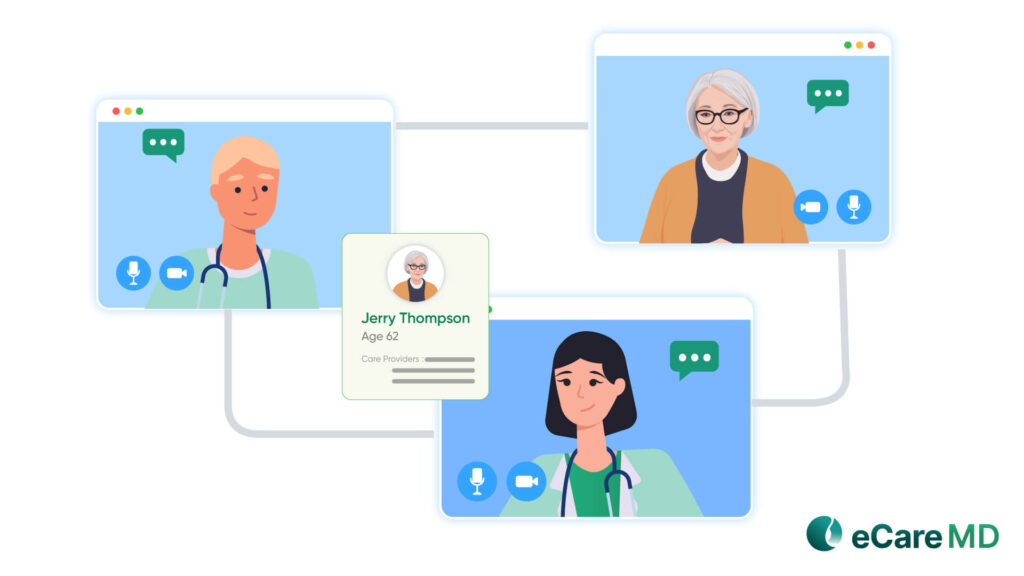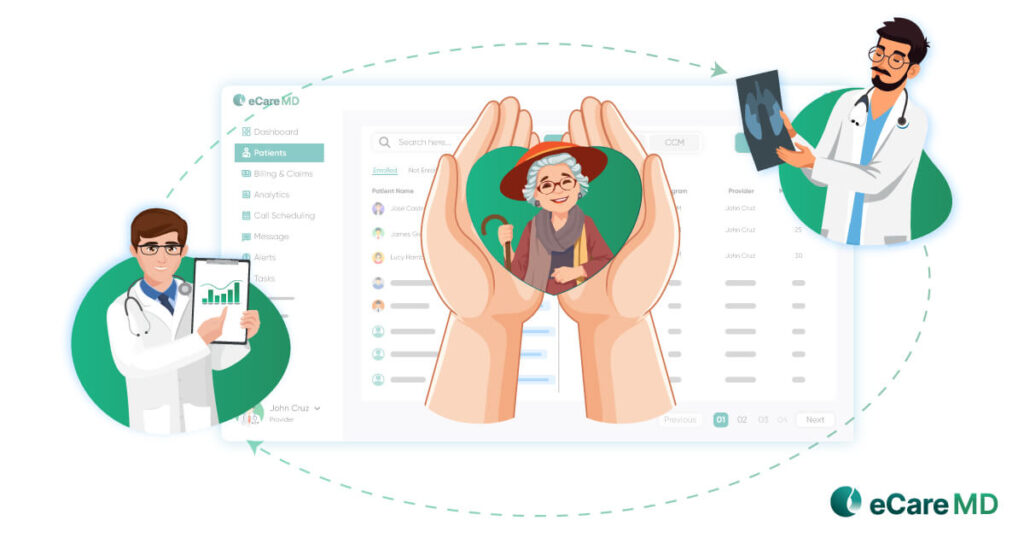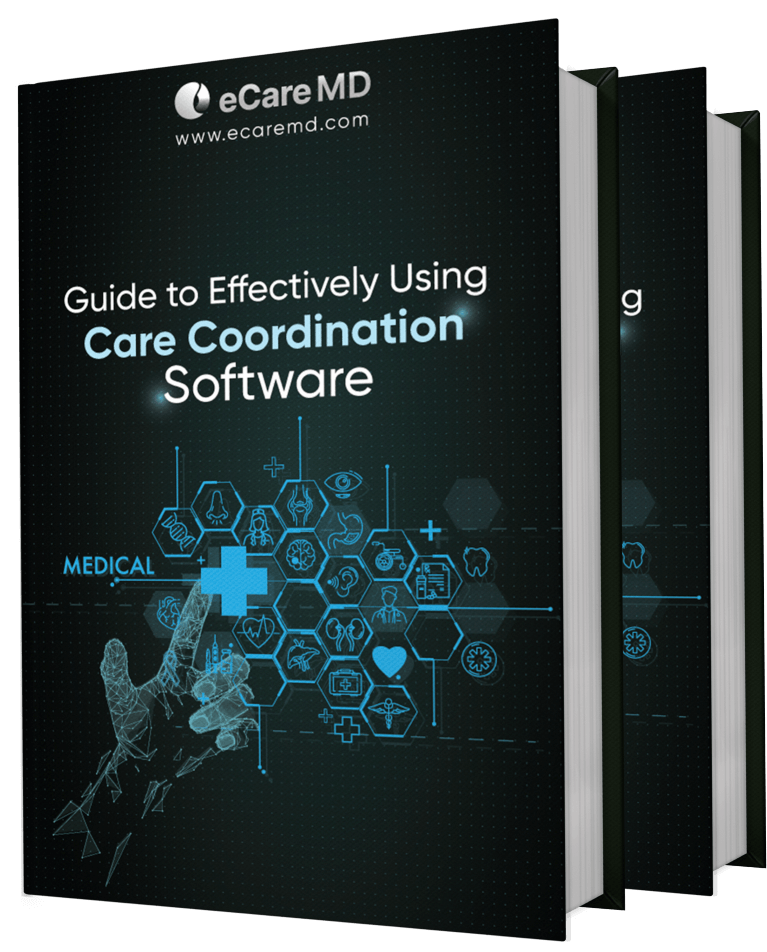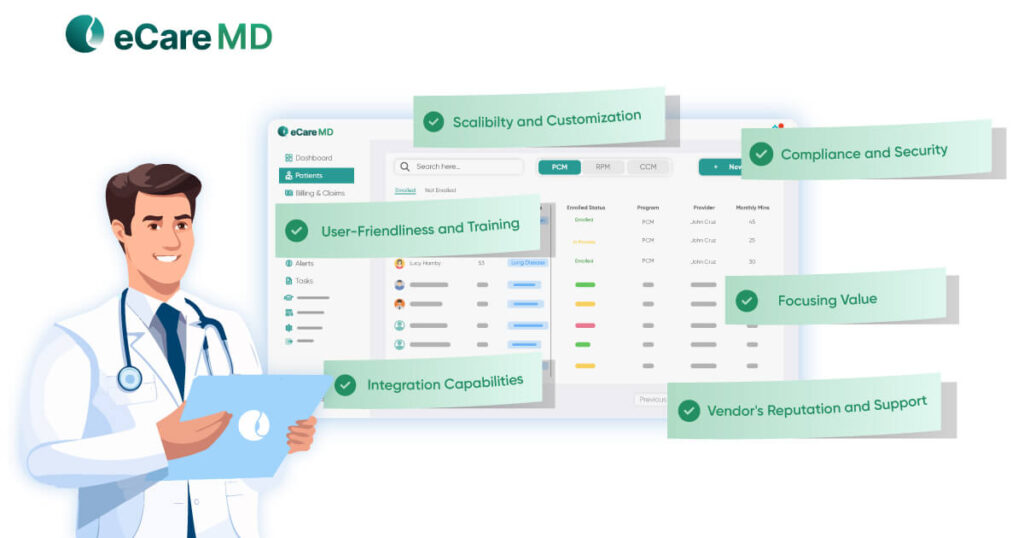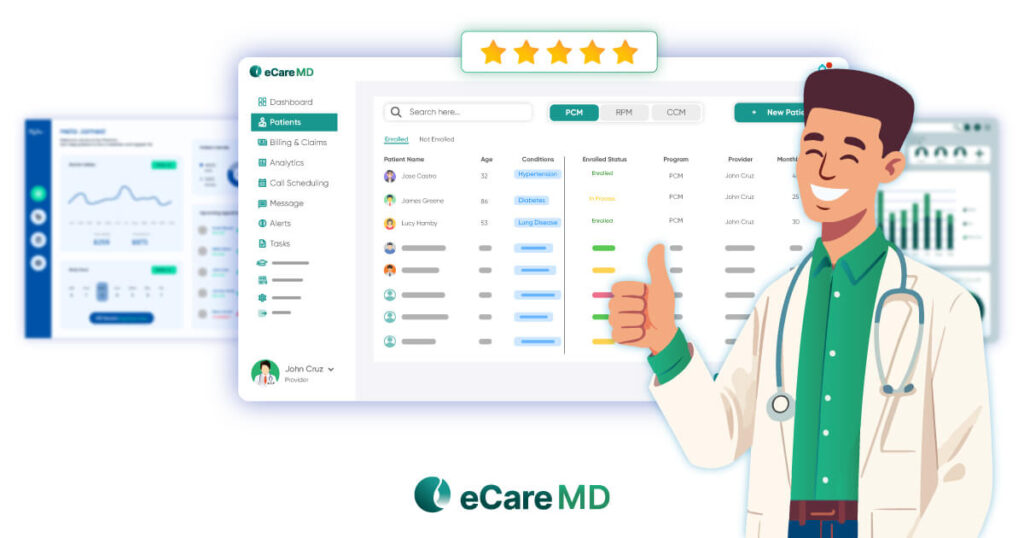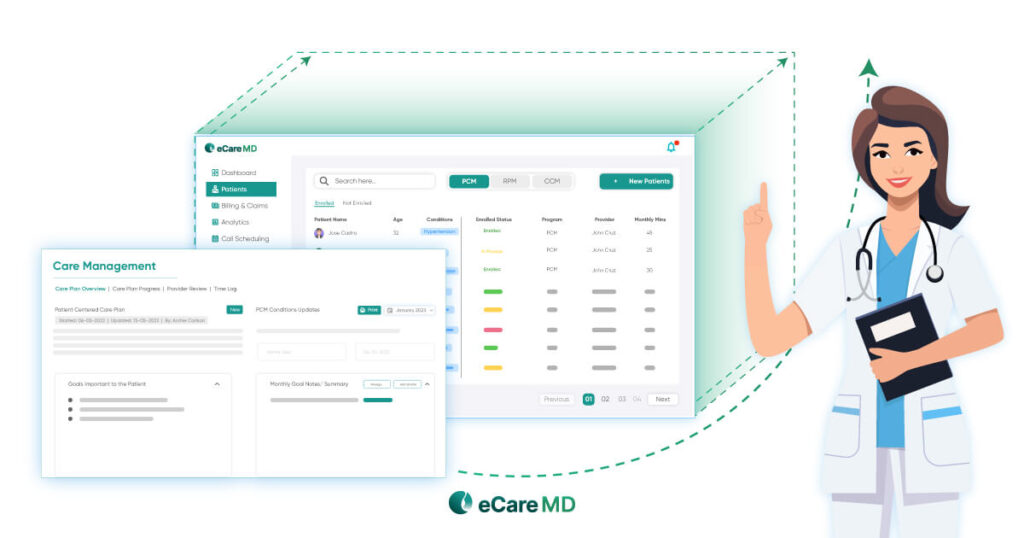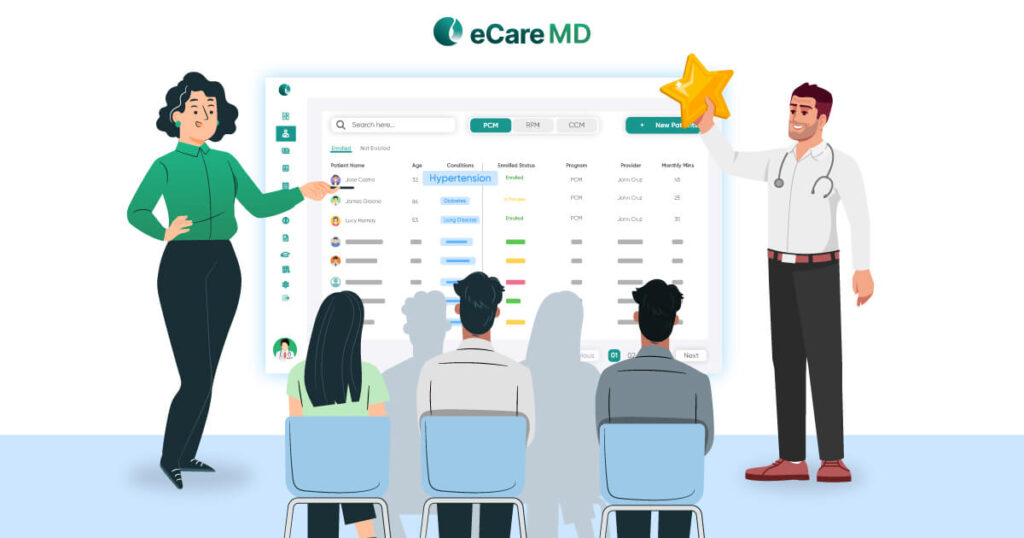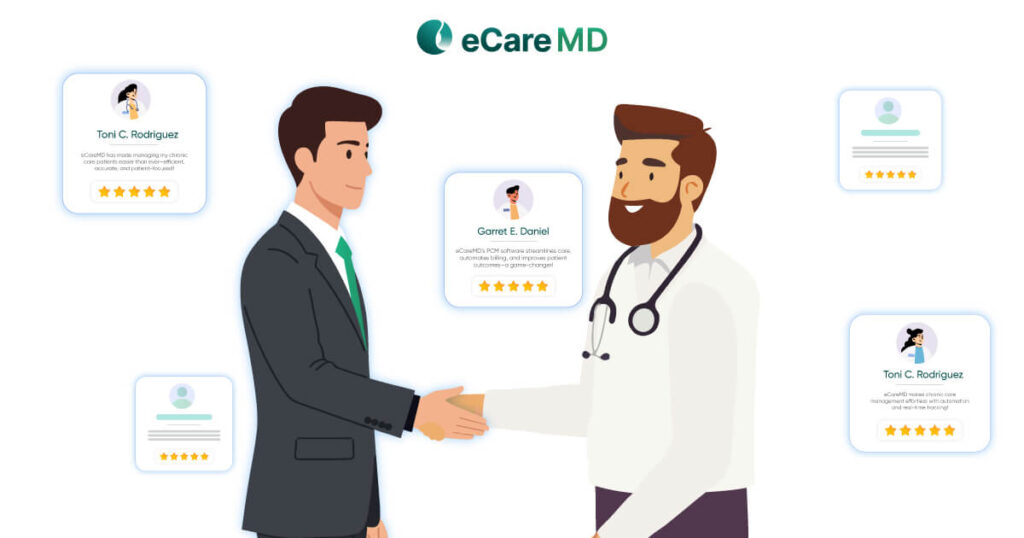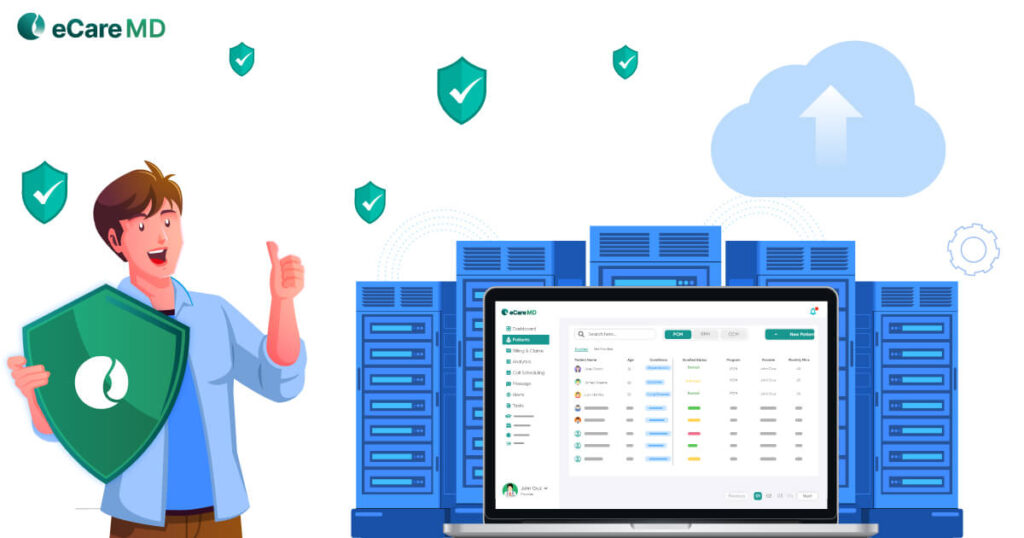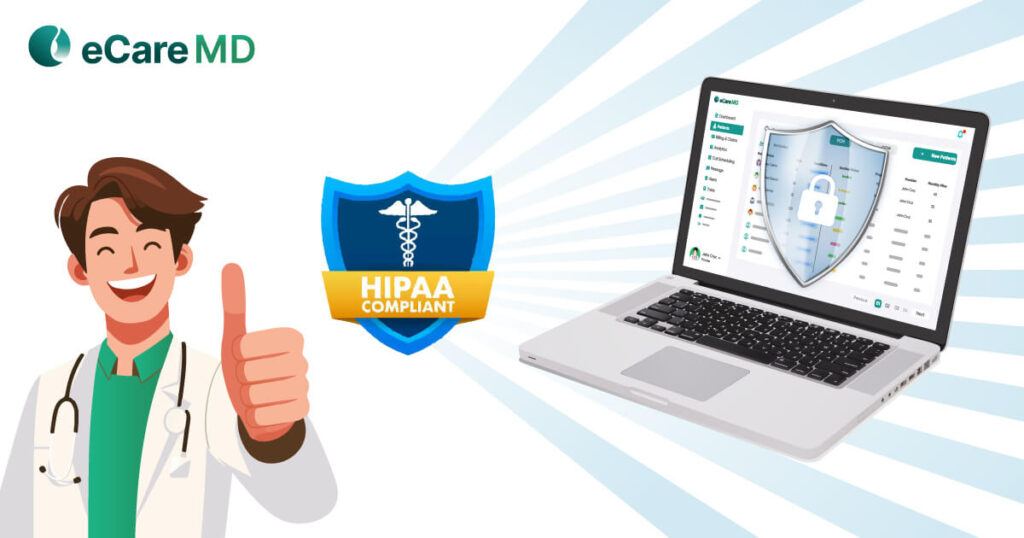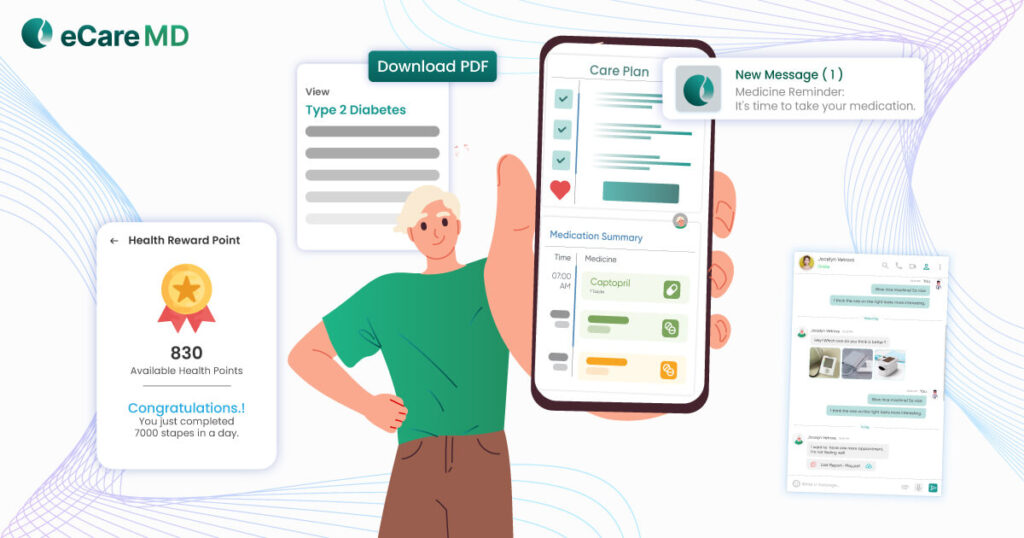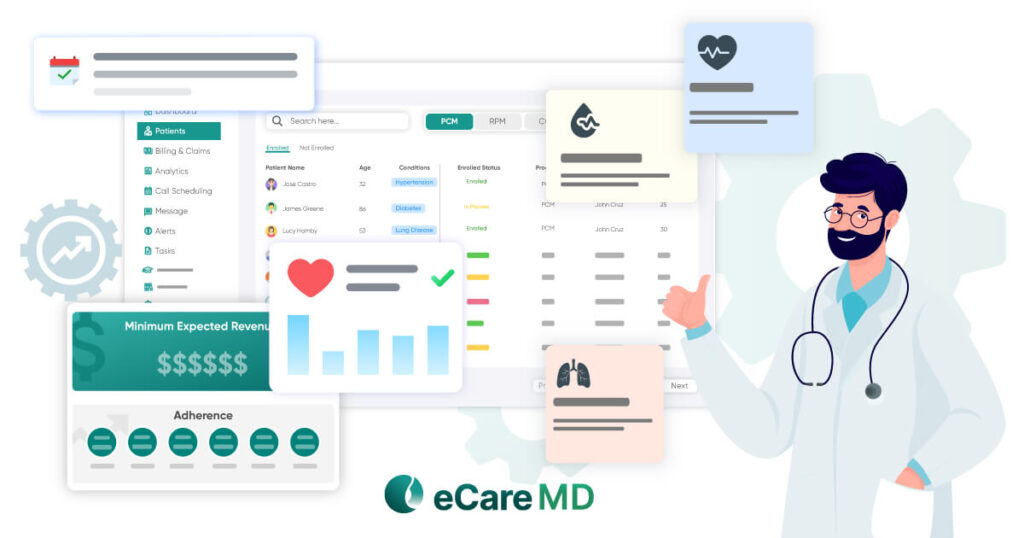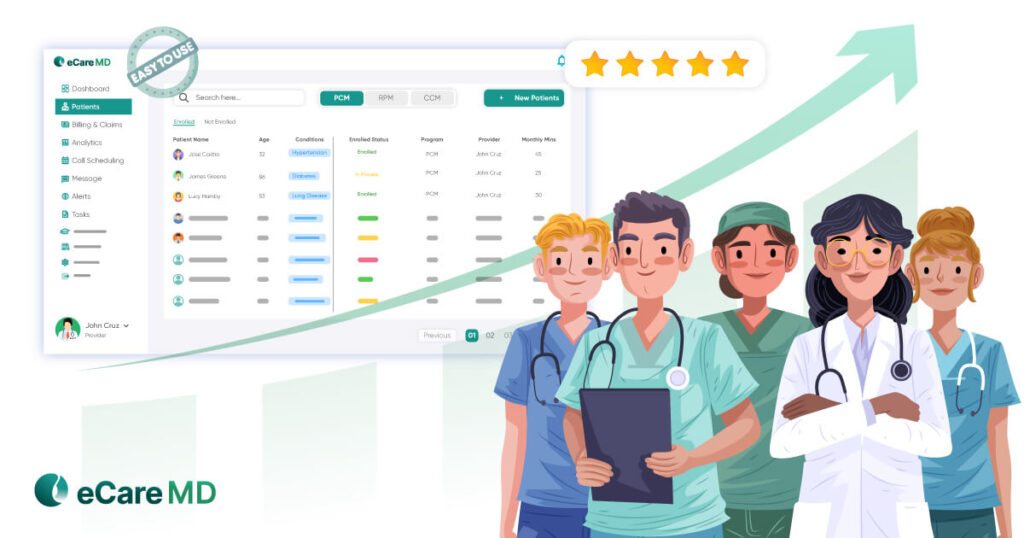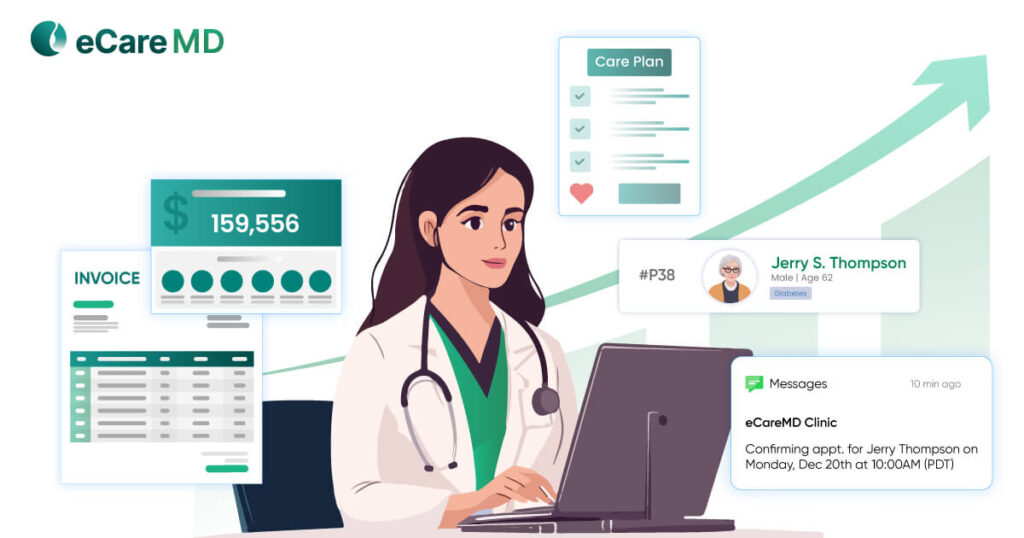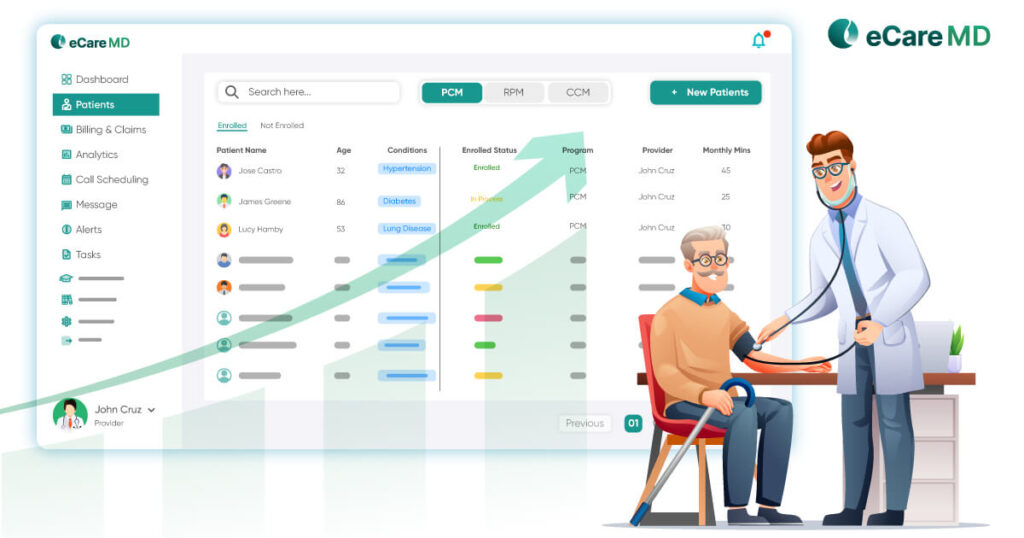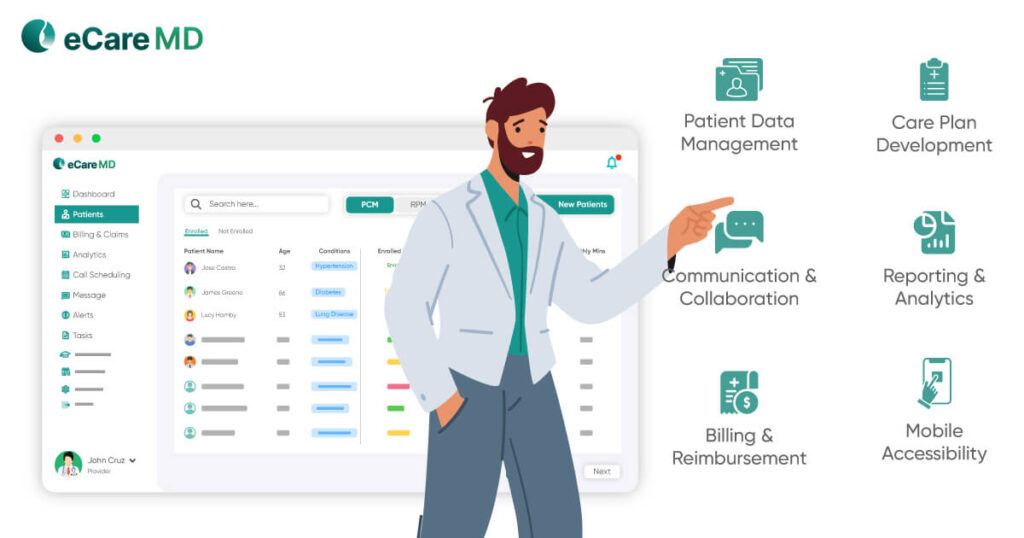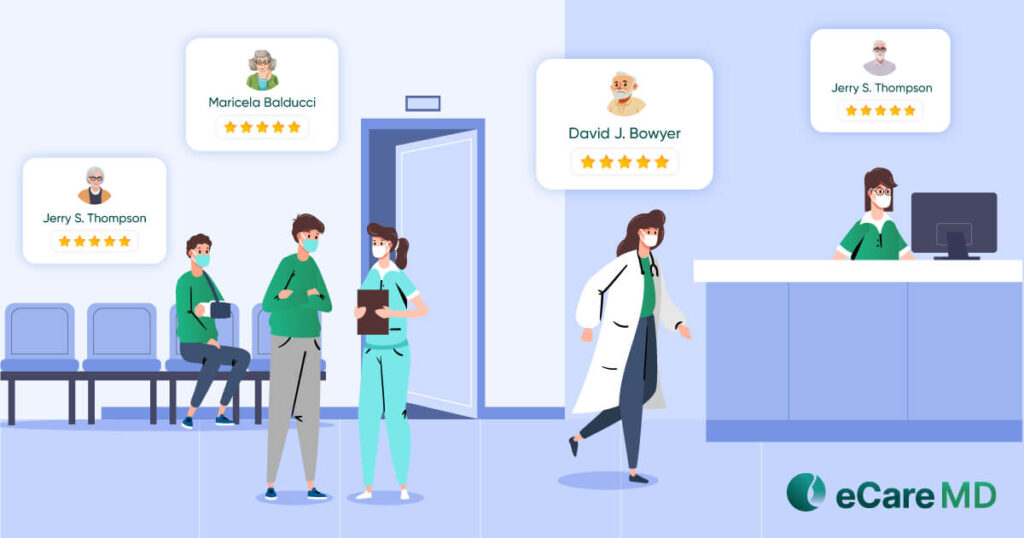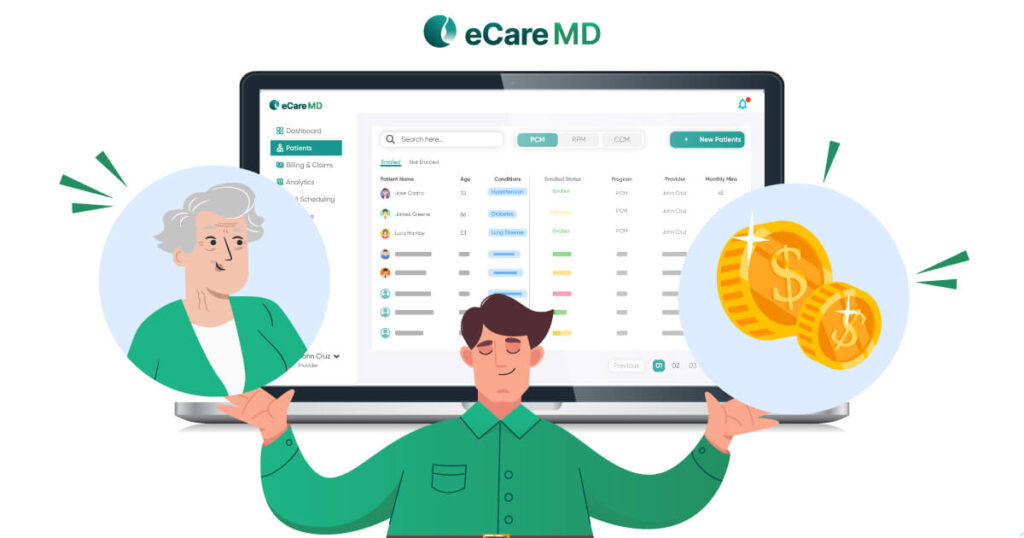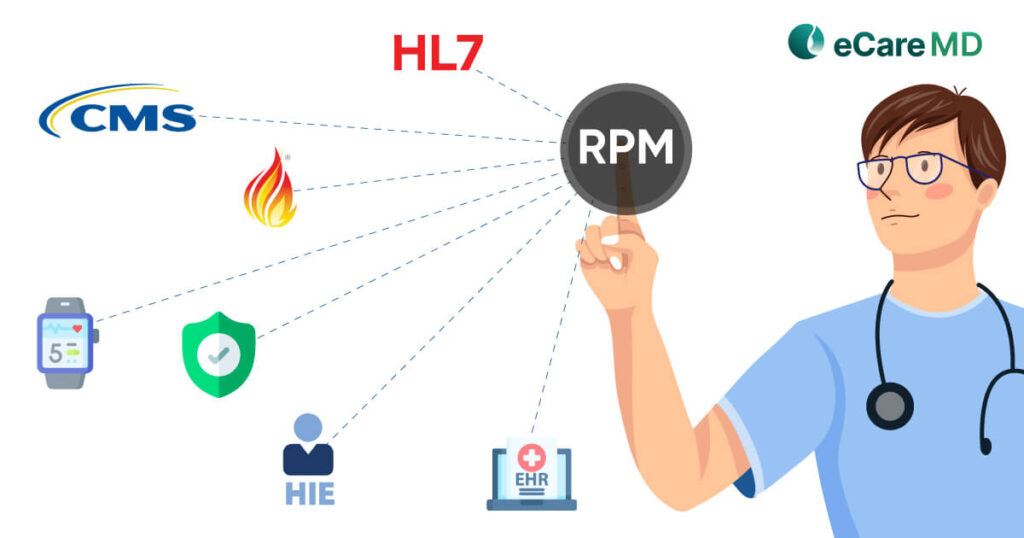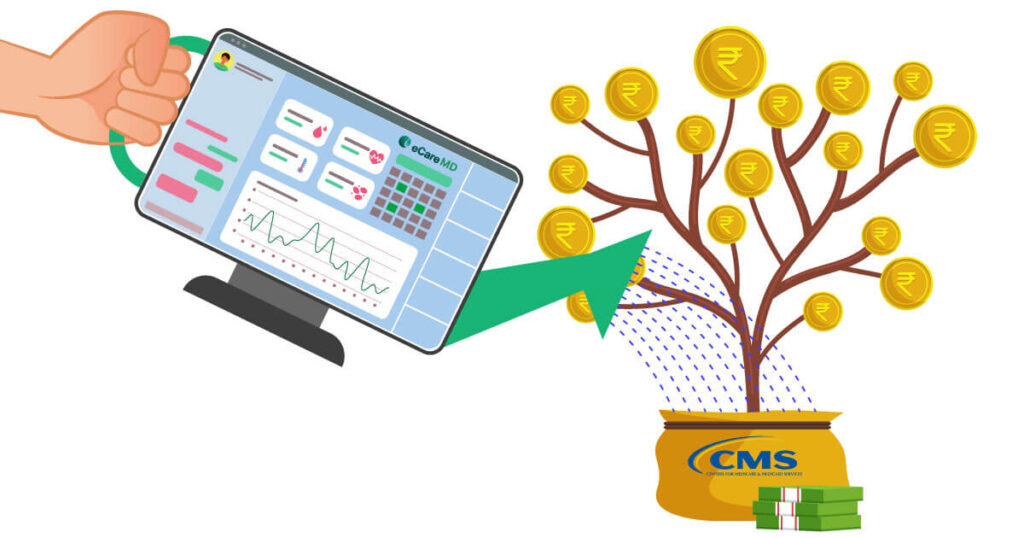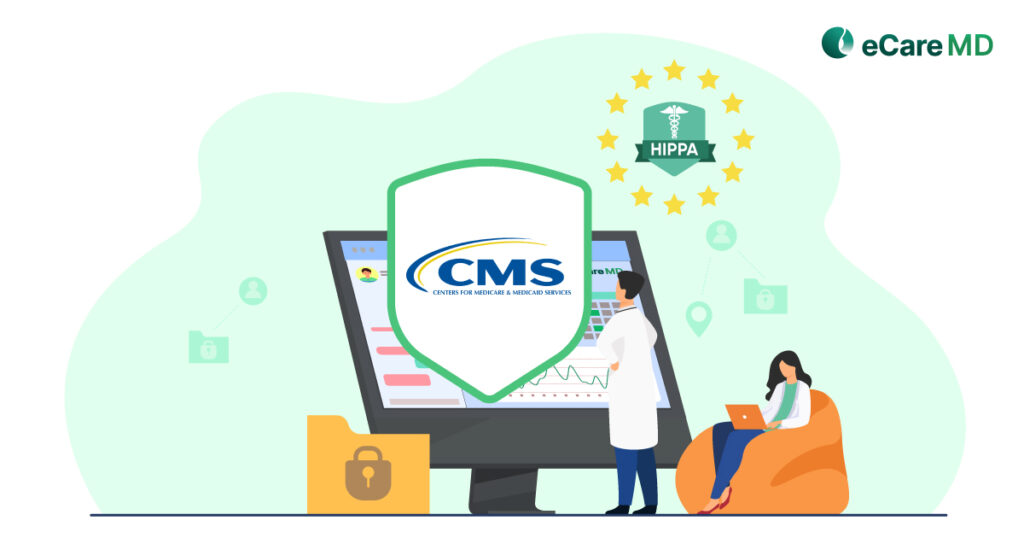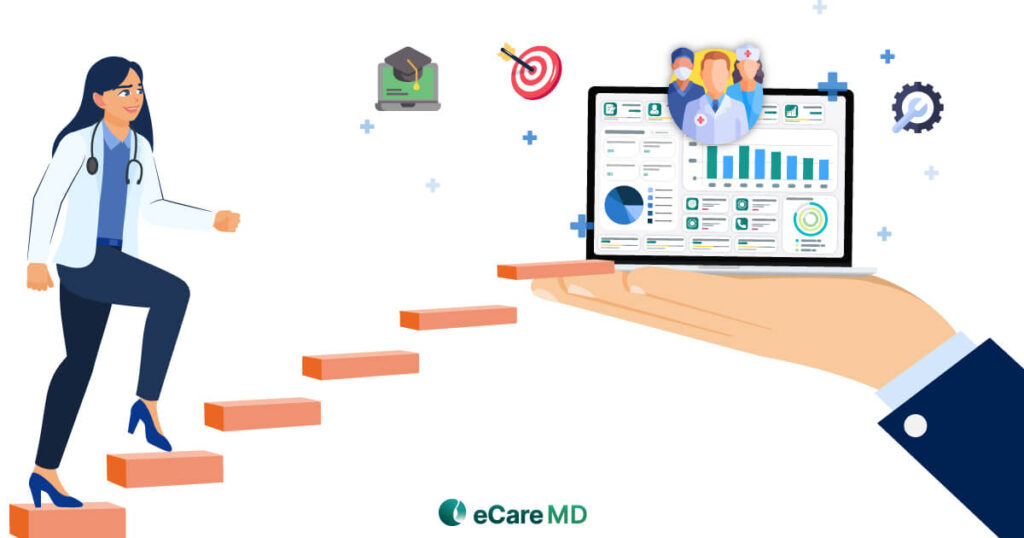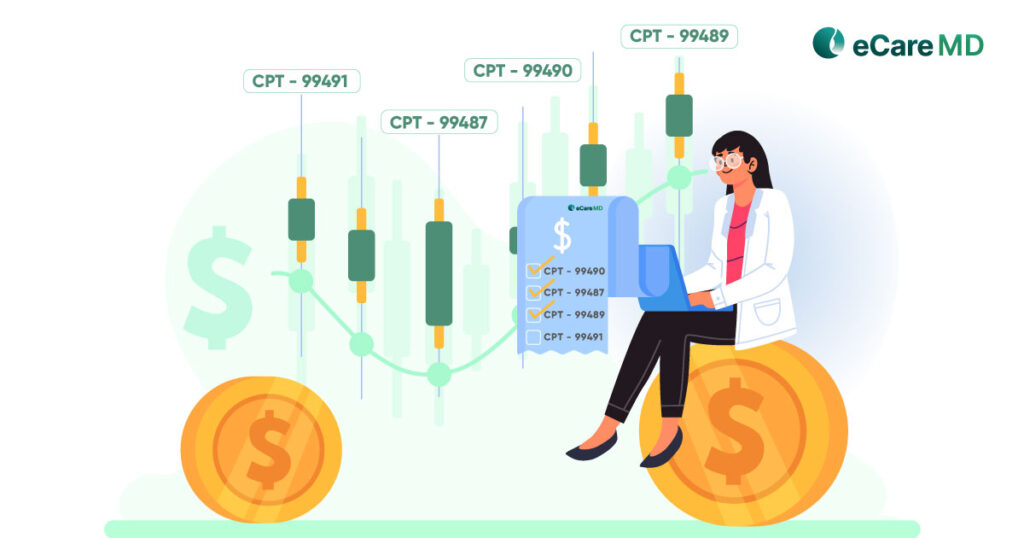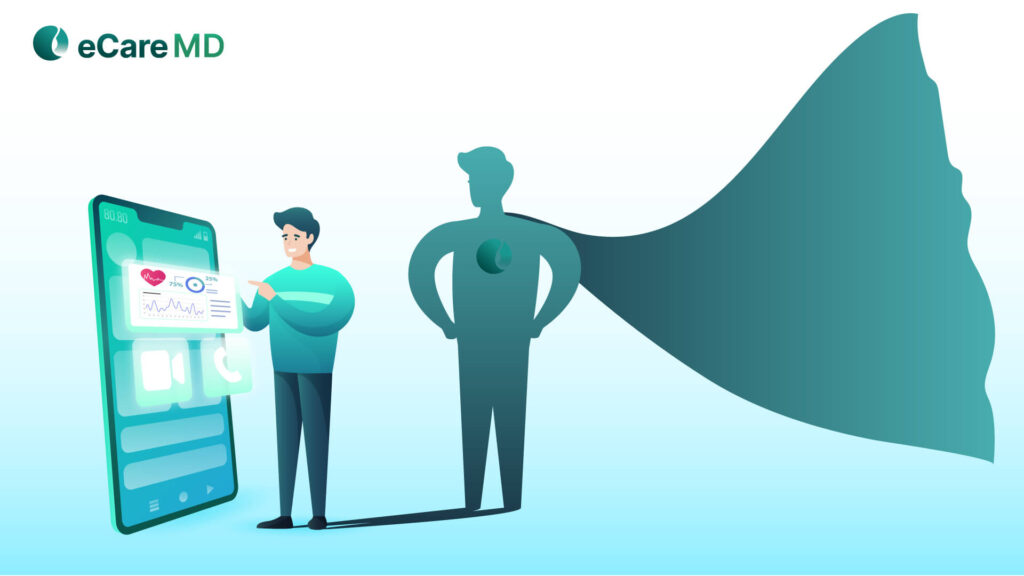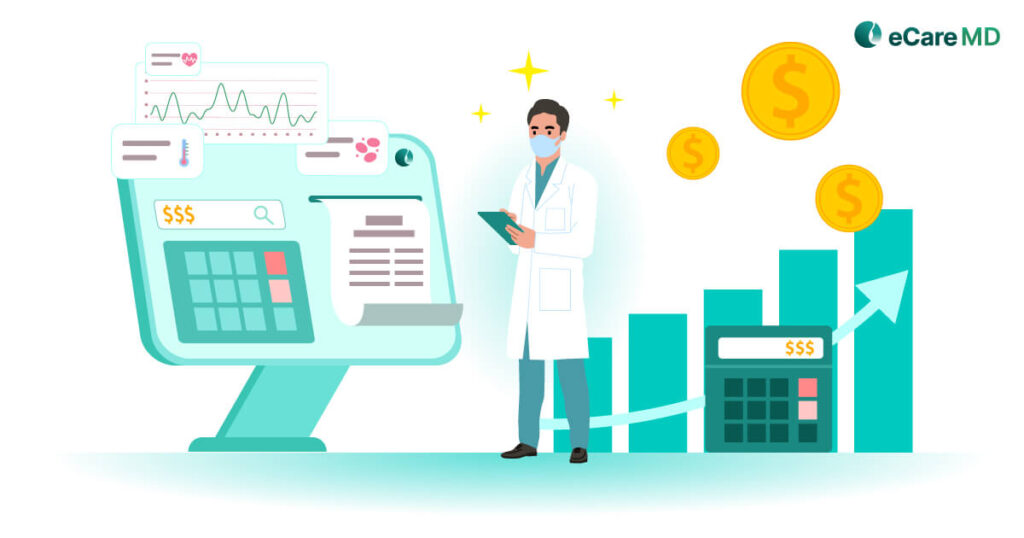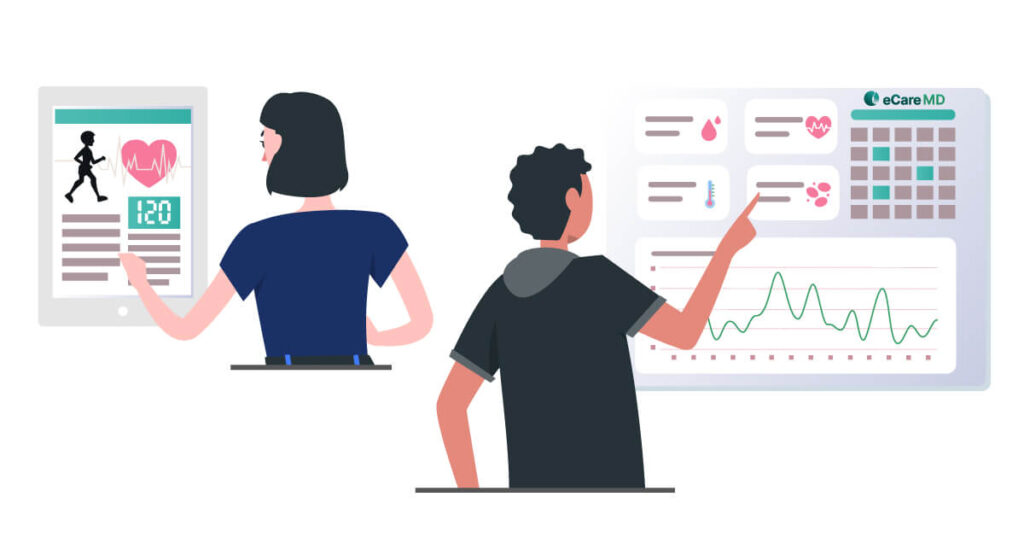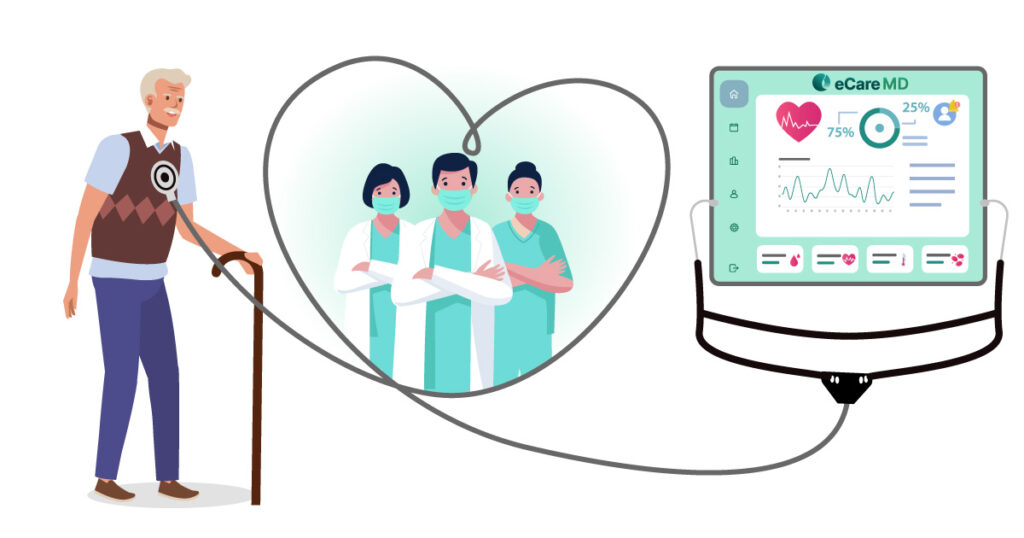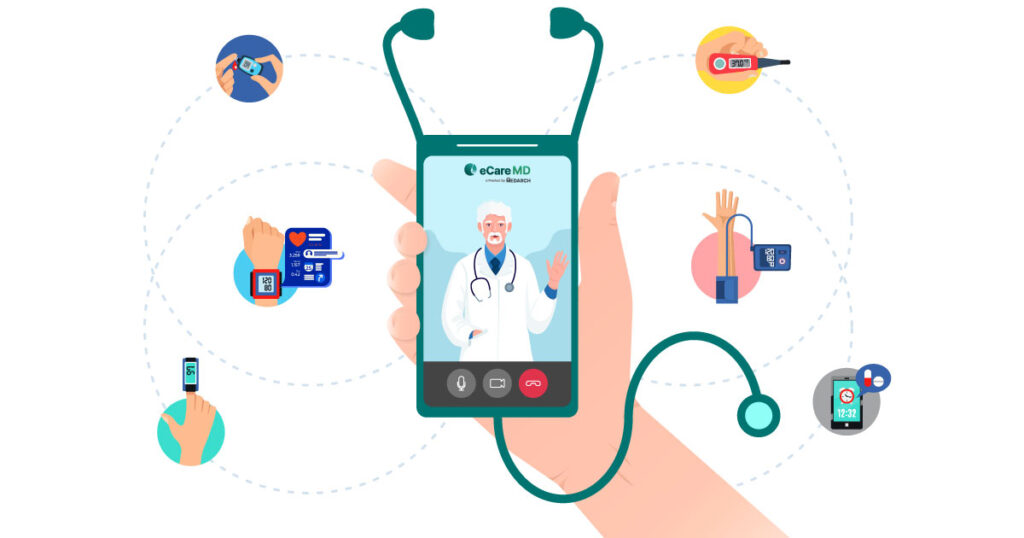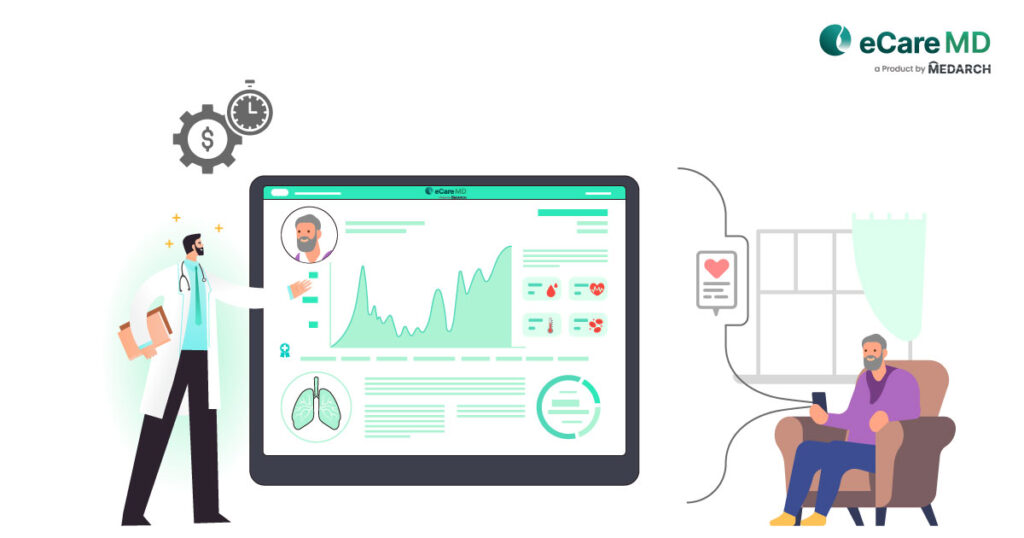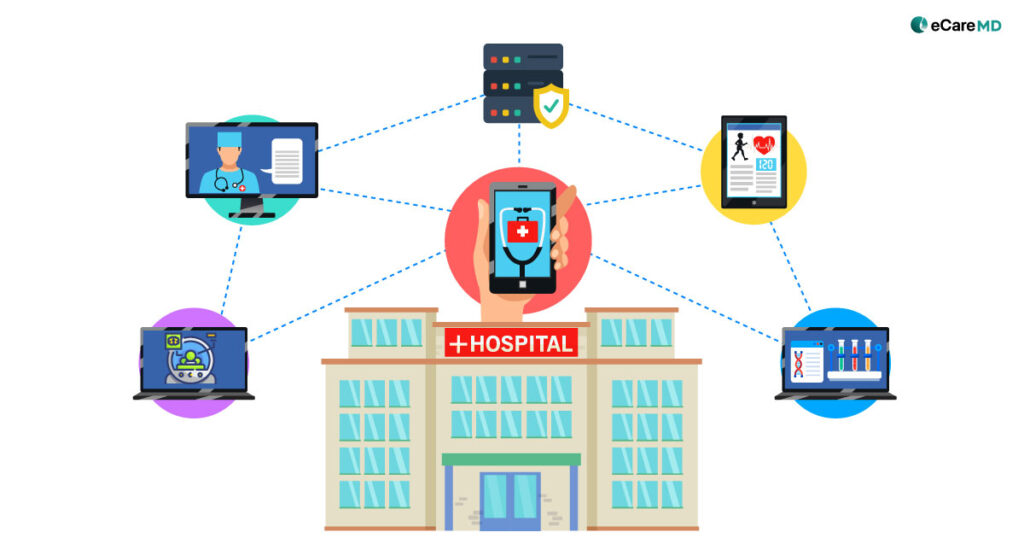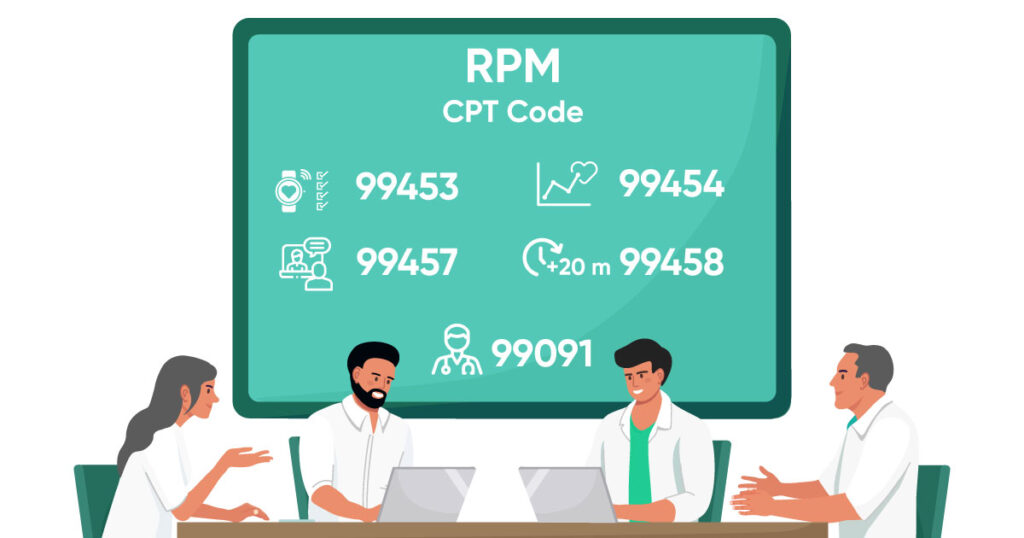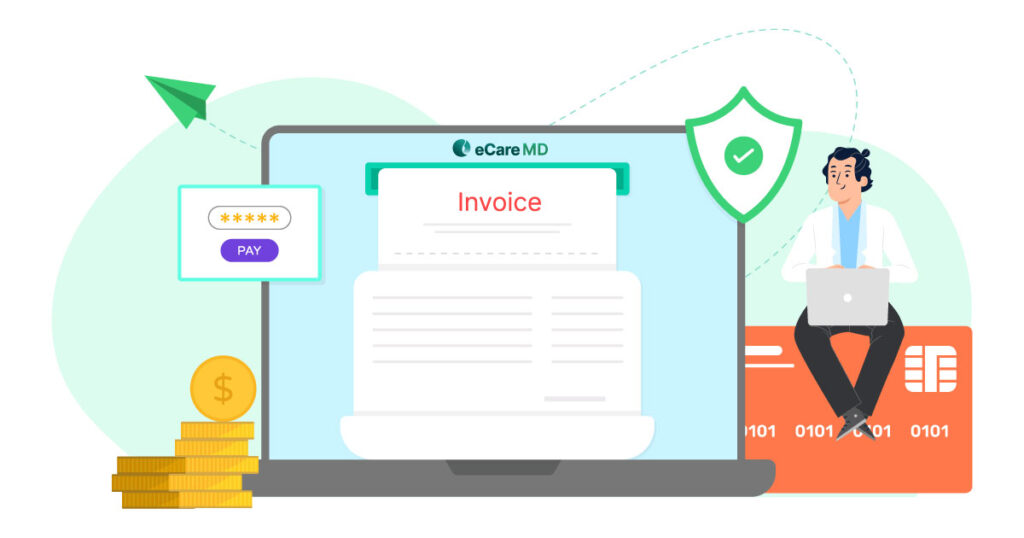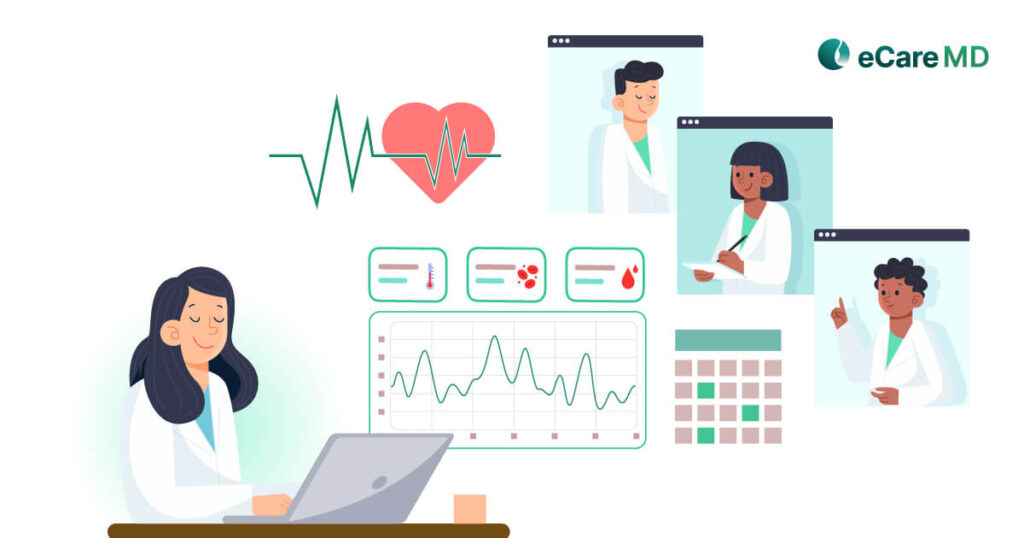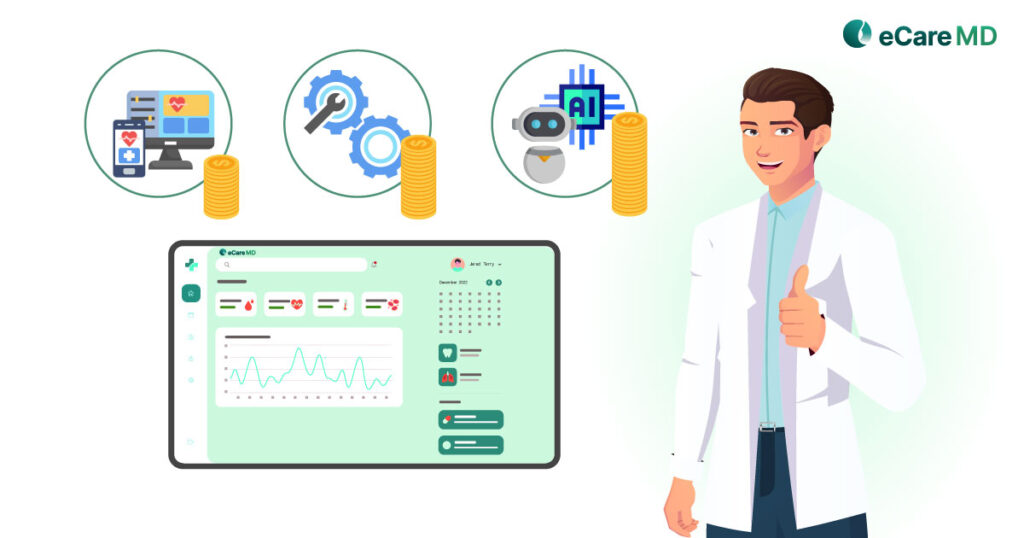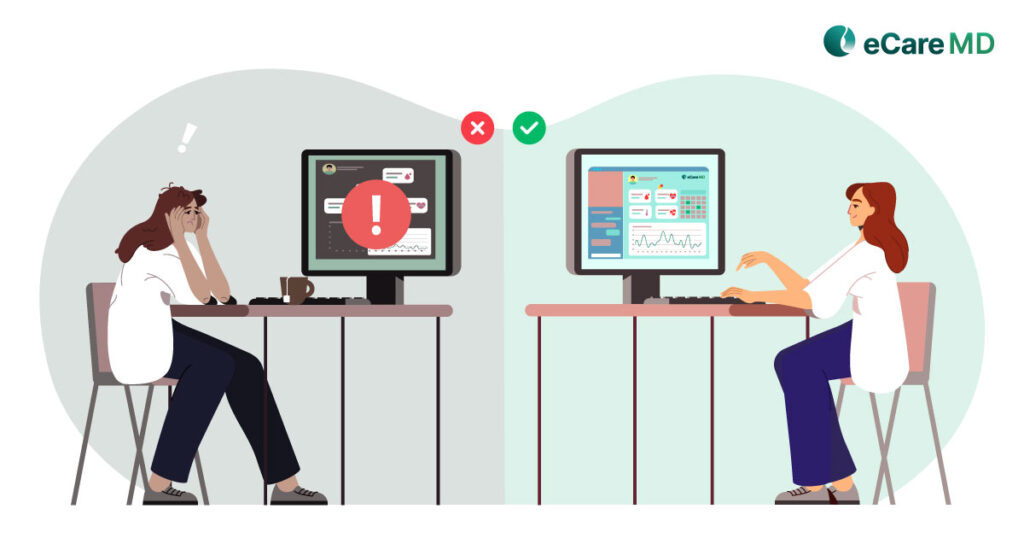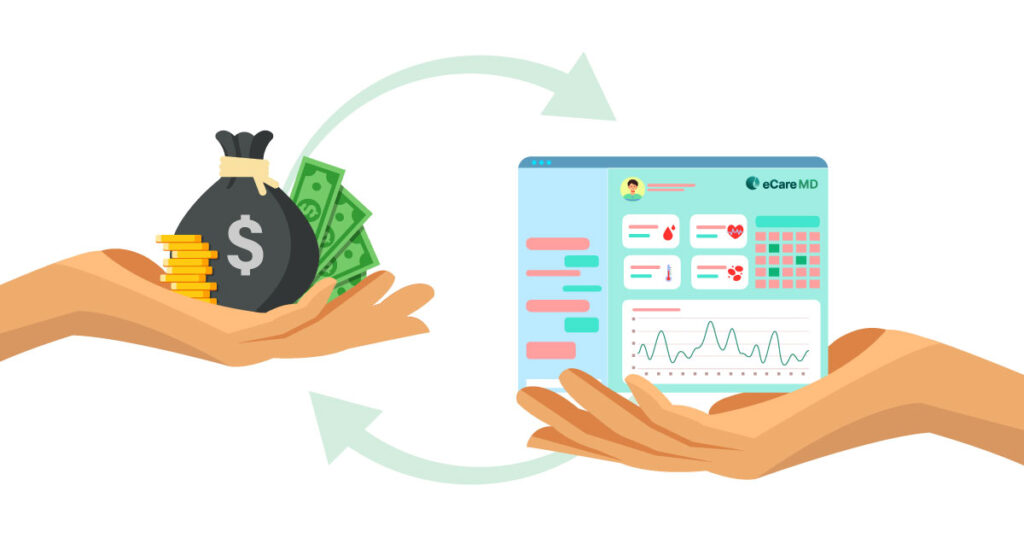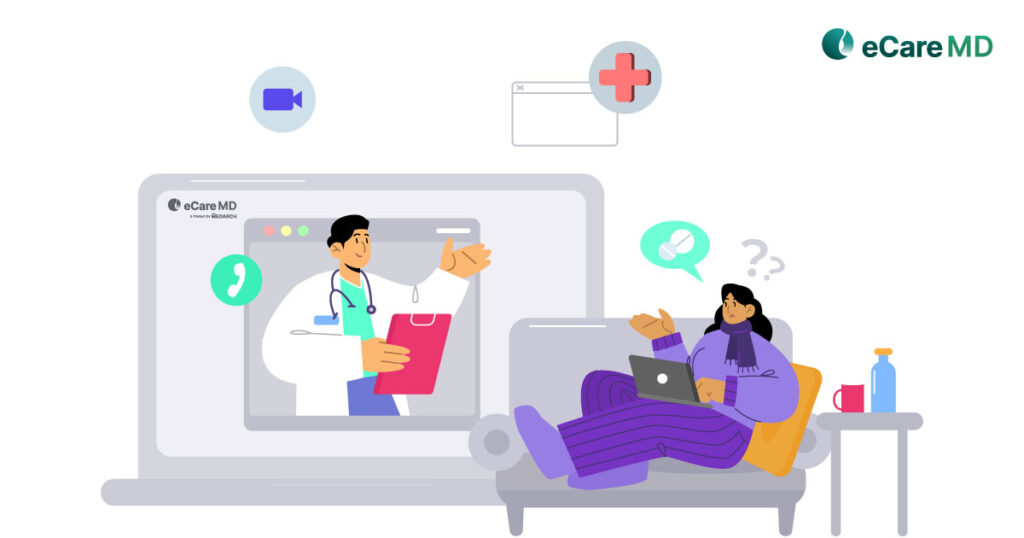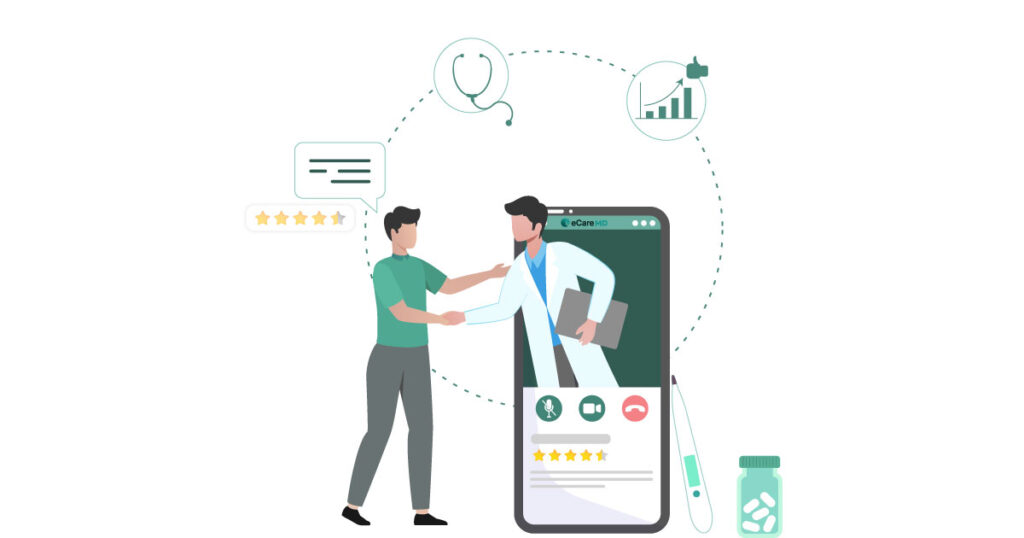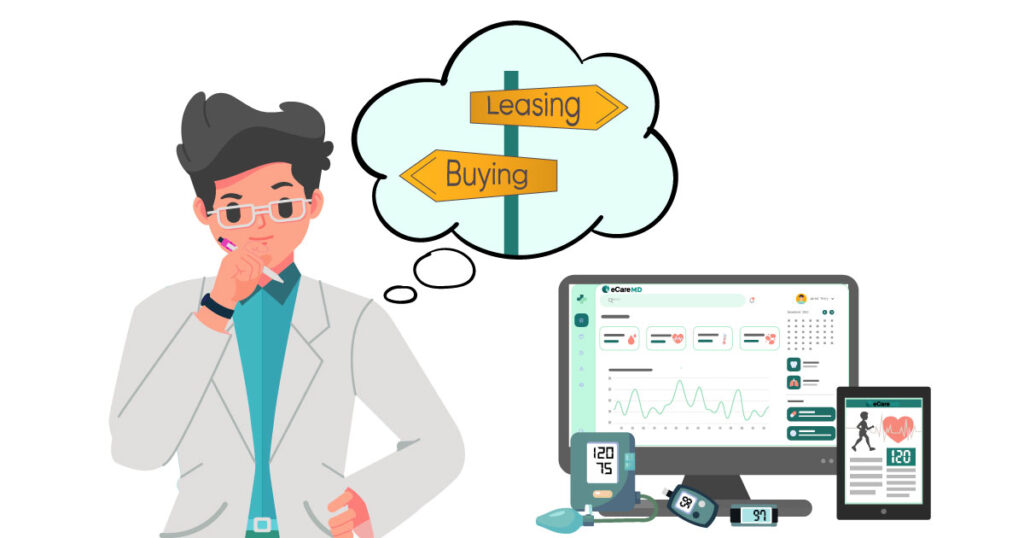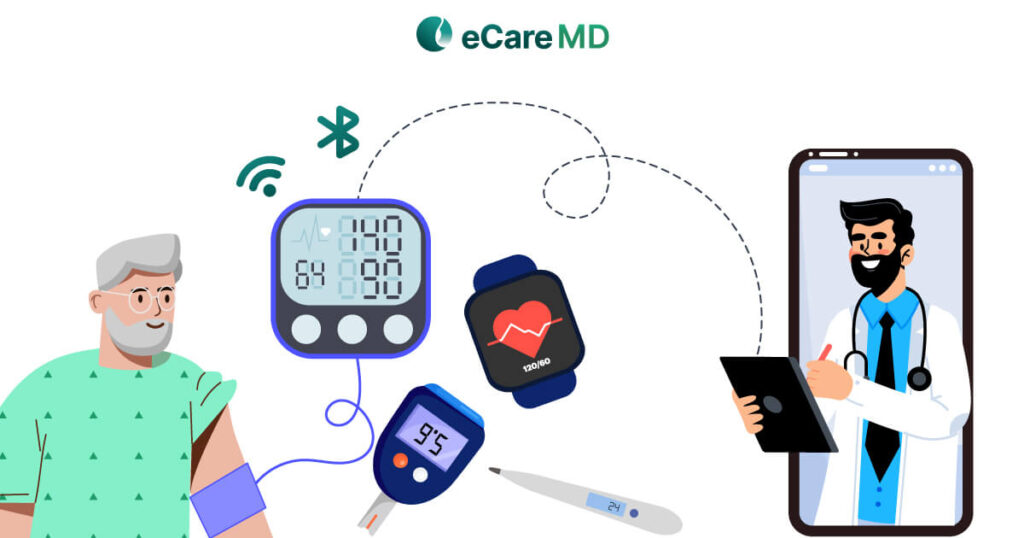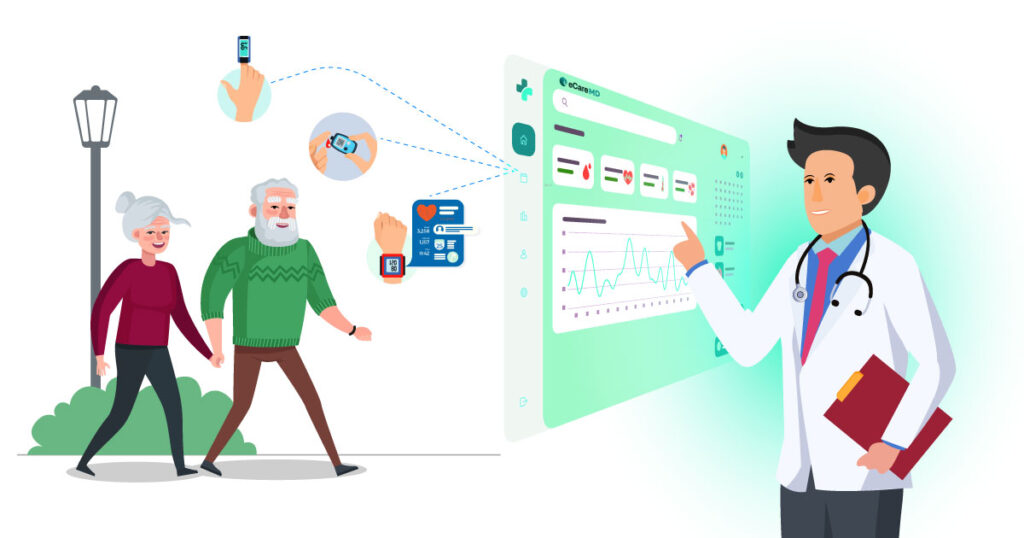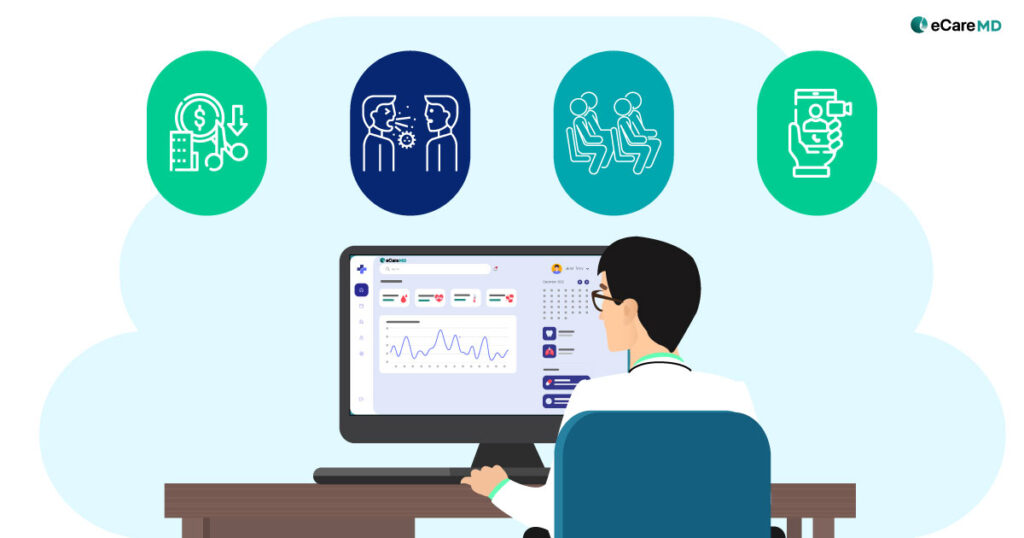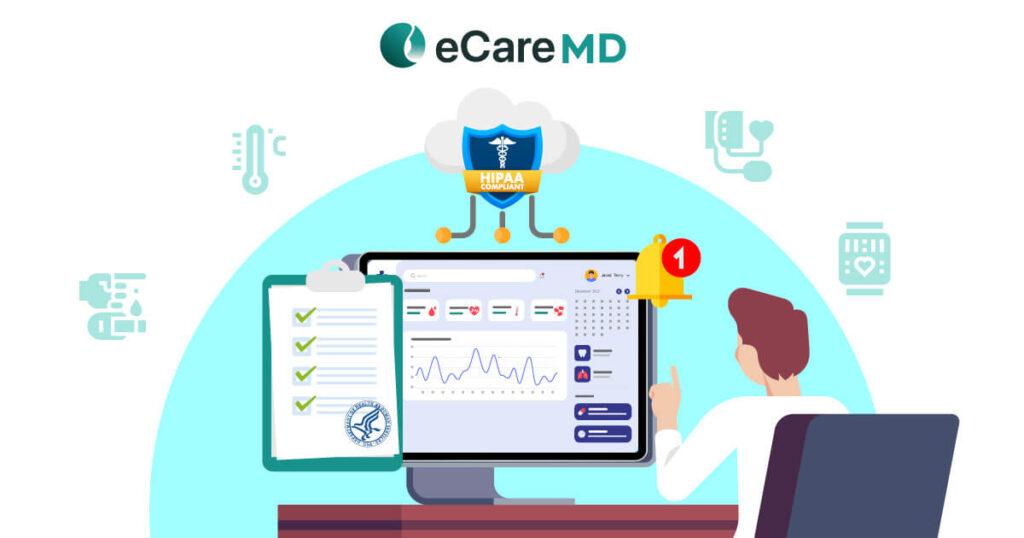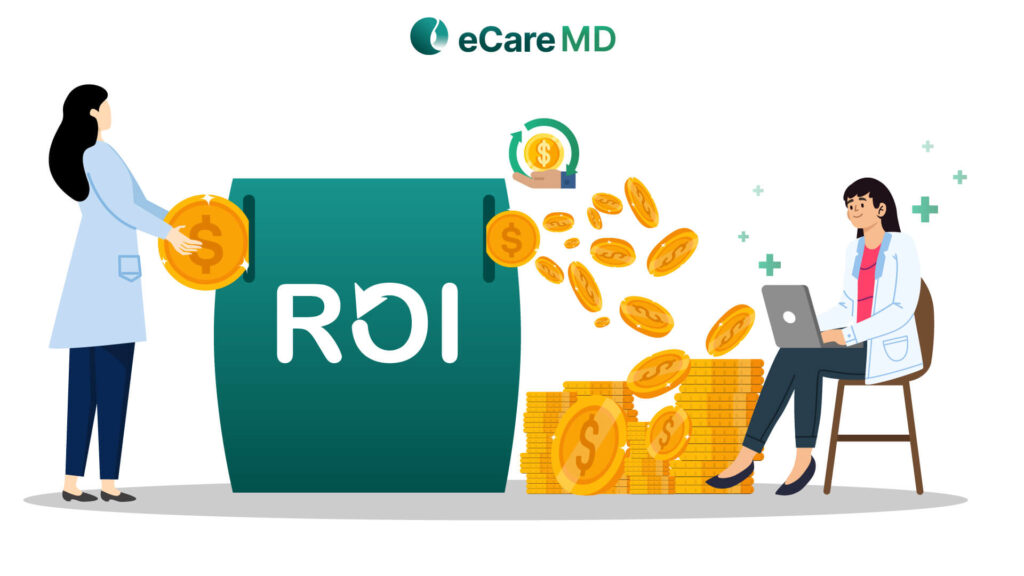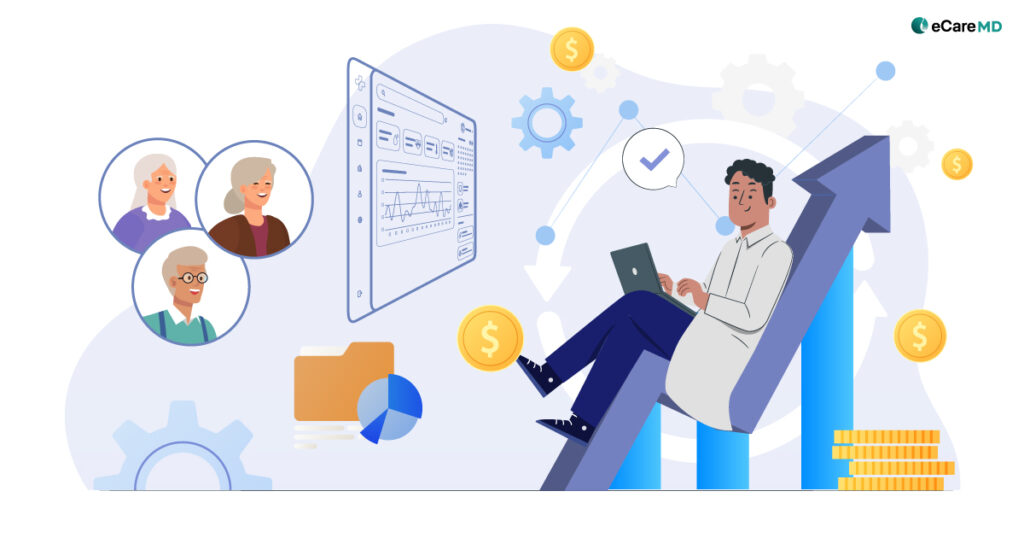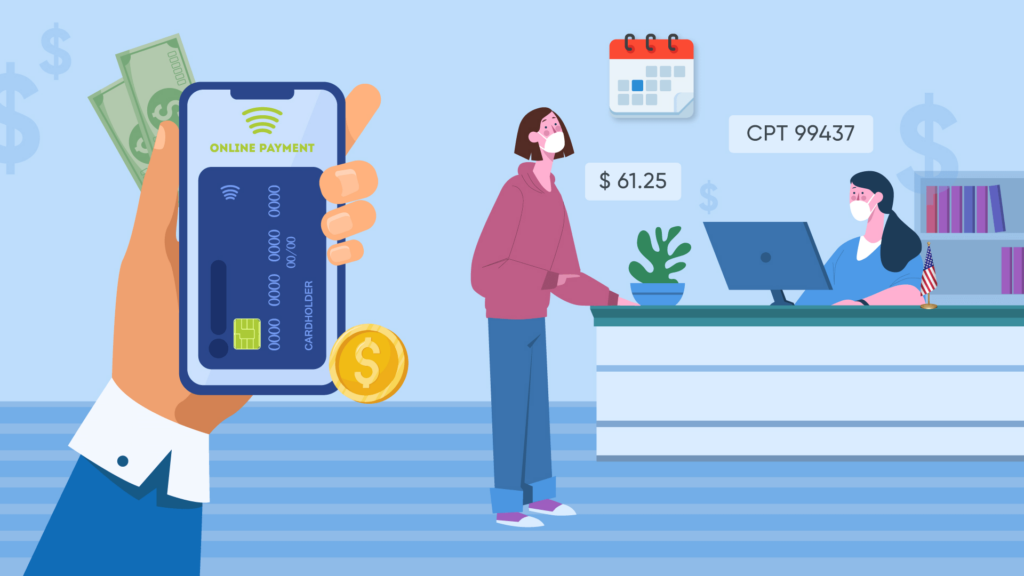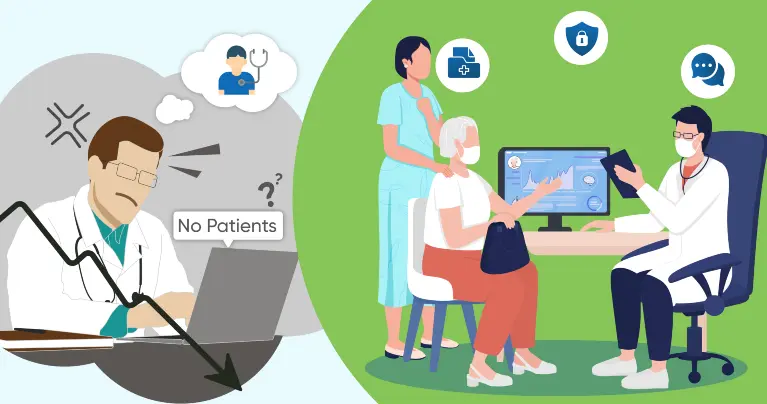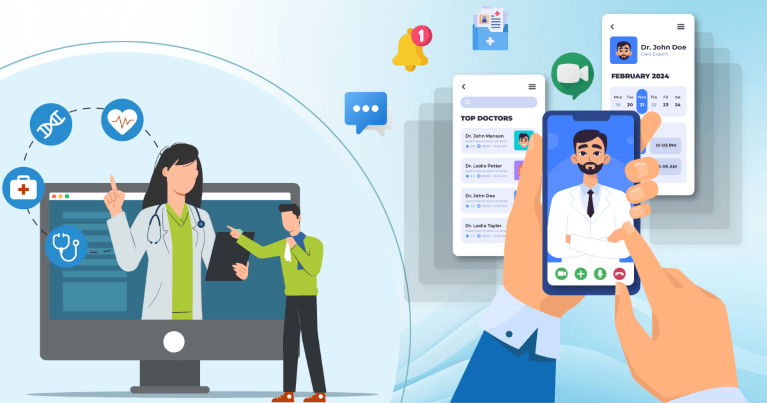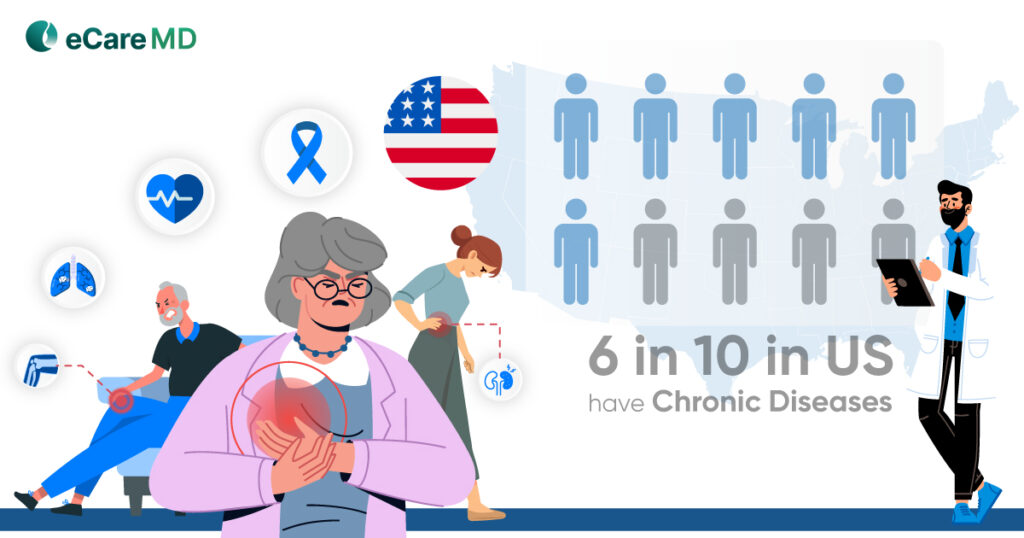Today, healthcare is not just about treating illness but about truly understanding and engaging with patients. And that is exactly what patient-centric care is all about! With patient-centric care, there is no more one-size-fits-all approach; modern healthcare is shifting towards personalized, proactive care, where patients actively manage their health.
But everything is not well and good; with chronic conditions on the rise and the shortage of healthcare personnel, keeping patients engaged in their care isn’t easy. This is where Principal Care Management (PCM) software comes into the picture and changes the focus of care towards the patients.
Because the right PCM software does more than just track the patient’s health and medical records- it empowers patients, enhances communication, and ensures that care is seamless and proactive.
But you don’t have to worry; this blog will answer the question and guide you through the essential considerations so you can make an informed choice that benefits both you and your patients.
You know that not all patients and their needs are the same; similarly, not all PCM software is made the same. This is why if you know the features that can make a PCM software into a patient engagement principal care management software makes all the difference. So, let’s look into some of the features that play a vital role in keeping your patient engaged:
A simple and easy-to-use user interface is the first feature to look for in the PCM software, as your patient will have different technical skills. So, an intuitive interface makes it easy for every patient to navigate the PCM software. This aids in improving the usage of the software, which results in enhanced patient engagement.
Communication is the key to keep patients engaged and involved in their care. This is why, look for a software that comes with secure communication channels. You need to ensure that the PCM software has secure messaging, video conferencing, and real-time chat features. These features allow patients to connect with providers like you quickly and on time.
Patients are more involved in the care when they see the progress they have made and their efforts have paid off. So having features to track progress along with customizable care plan templates is important. Therefore, look for a software that offers customizable care plans, goal-setting tools, and dashboards to track progress.
Nowadays, every patient uses smartwatches and fitness trackers to monitor their vitals. A PCM software that can sync with these devices and mHealth apps can provide real-time updates on patient health. This benefits both providers and patients by allowing them to make informed decisions on current health metrics.
As a healthcare provider, you know one of the biggest barriers to patient engagement is poor communication and low accessibility. If your patient can’t easily reach their care team member or access the information they need, they are less likely to stay engaged.
With effective principal care management software, staying connected with the patients becomes possible. In this, features such as secure messaging, virtual check-ins, and automated reminders help keep patients involved throughout the care journey. Moreover, when patients feel supported, they will be more inclined to follow the care plan.
If you look around, you’ll find that nearly everything today is available 24/7, and patients desire access to their health information anytime and anywhere. The best PCM software offers a patient portal or a mobile health app that allows patients to review test results, medication plans, and upcoming appointments. This round-the-clock availability eliminates reliance on office hours, giving patients more control over their health.
While some of your patients may be from the same regions, however not all of them will speak the same language. This is why the truly best PCM software provides multilingual support and accessibility features such as screen readers, voice commands, and adjustable text sizes. These features remove language barriers and improve patient engagement, giving familiarity with the PCM software.
For chronic patients, frequent in-person visits are not possible, which is why PCM software with remote monitoring and virtual consultations is important, as it allows patients to connect with providers without unnecessary travel.
Furthermore, real-time data tracking, virtual appointments, and automated health alerts reduce the burden on patients while ensuring they receive timely care. This not only boosts engagement but also enhances continuity of care.
The meaning of patient-centric care is to involve patients in the care and tailor the care plan to fit the needs and requirements of every patient. Patient-centric principal care management software also needs to facilitate this.
The software should have features like customizable care plan templates to adjust the care plan according to the patient. Moreover, the software should provide educational resources for patients to understand their condition and make changes as per their needs in the care plan. These resources can be in video tutorials, articles, and any other informational content.
In addition, patients stay engaged when they see progress, and for that, patients must be allowed to set small and achievable goals. By doing this, it becomes much easier to see progress, and a progress-tracking dashboard and visualization make it more interesting and engaging for patients.
Furthermore, making consistent efforts is key in chronic care management, and for that, your patient engagement principal care management software needs some features. Some of those features are personalized medication reminders, appointment alerts, and lifestyle modification notifications. Having these features can help improve patient adherence to care plans and enhance patient engagement.
In short, giving patients more control and getting them involved in the care journey through features such as progress tracking boosts patient engagement significantly.
Care coordination is important to ensure that patients receive continuous and consistent care. A patient-centered principal care management software makes this possible and improves collaboration between providers.
PCM solutions provide secure and centralized platforms where patient data, treatment updates, and progress reports can be easily shared among healthcare providers. With the help of principal care management patient portal secure messaging and video conferencing, providers can easily share data. This ensures that all members of the care team have up-to-date information, minimizing errors and redundancy.
Effective patient care often requires input from multiple specialists. PCM software enables real-time collaboration between primary care providers, specialists, and care coordinators, ensuring smooth transitions between different stages of treatment.
By consolidating patient records, care activities, and progress reports in one system, PCM software eliminates fragmentation and simplifies care coordination. This leads to better decision-making and improved patient outcomes.
By automating scheduling, documentation, and reporting, PCM software reduces the administrative burden on providers, allowing them to focus more on patient care and engagement.
Data-driven insights are transforming healthcare, and PCM software should harness this power to engage patients proactively rather than reactively.
By analyzing patient data, providers can identify at-risk patients early and intervene before complications arise. Advanced analytics can track patient engagement patterns, medication adherence, and symptom fluctuations, allowing healthcare teams to personalize interventions for each individual.
PCM software should also generate reports and insights that help providers measure the effectiveness of engagement strategies. By understanding what works, providers can refine their approach, ensuring that patients remain actively involved in their care.
Personalized communication is another major benefit of leveraging data analytics. By analyzing patient behavior, the software can send targeted reminders, educational content, and motivational messages that resonate with each patient’s needs.
Ultimately, a data-driven approach ensures that patient engagement isn’t just a checkbox—it becomes an integral, evolving part of the care journey, leading to better outcomes and stronger provider-patient relationships.
With the increasing digitization of healthcare, the threat of cyberattacks is also increasing, and data security has become a necessity. PCM software must adhere to HIPAA and other relevant data privacy regulations, ensuring that sensitive patient information remains protected at all times.
The PCM software must implement robust security measures such as encryption and multi-factor authentication, and access controls should be implemented to prevent unauthorized access and data breaches. Patients need to feel confident that their personal health information is in safe hands.
Also, transparency is the key to trust, so the PCM software should provide clear and easily accessible information about data usage policies and security practices. Patients should understand how their data is collected, stored, and shared.
Furthermore, giving patients control over their data enhances trust. PCM platforms should allow patients to manage their privacy settings, control who can access their information, and opt-in or opt-out of data-sharing features.

